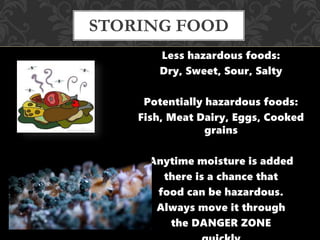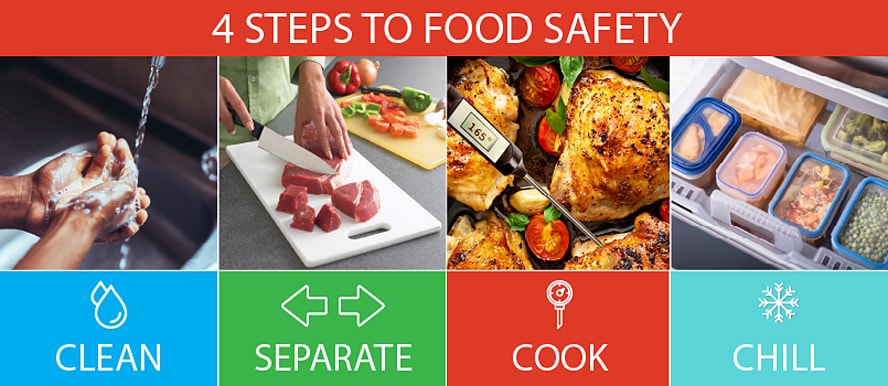potentially hazardous foods should always be
Dangerous food for example. Safe Food Australia is a guide to the food safety standards in Chapter 3 of the Food Standards Code.
Shell eggs are classified as a potentially hazardous food by the United States Food and Drug Administration.

. Potentially hazardous foods In Standard 322 potentially hazardous food is defined as food that has to be kept at certain temperatures to minimise the growth of any pathogenic. Food with a water activity value of 85 or less. The FDA now refers to Potentially Hazardous foods as TimeTemperature Control for Safety TCS.
All potentially hazardous food should be kept below 41 o F for cold foods or above 135 o F for hot foods except during necessary preparation time or a short display. 2 2003 Background Provided by FDA to IFT The June 1940 and 1943. All PHFs must be either.
Seafood can have different types of toxins. This preview shows page 21 - 23 out of 92 pagespreview shows page 21 - 23 out of 92 pages. The NSW Food Authority has prepared a guide on storing and displaying potentially hazardous foods.
All hot potentially hazardous foods. Avoid eating raw cookie or cake dough if they contain eggs. IFTFDA Report on Task Order 4 COMPREHENSIVE REVIEWS IN FOOD SCIENCE AND FOOD SAFETY Vol.
Potentially hazardous food is explained in Appendix 1 and 2. Keep cold food cold - 5ºC or below. Which Foods Would be Considered Potentially Hazardous.
Food with a pH level of 46 or below when measures at 75F Temperature Requirements for PHFs. Particular care should always be taken with potentially hazardous foods because from BUSINESS HI6008 at Holmes Colleges Brisbane. The State Sanitary Code now requires that the entire mass of all cooked and refrigerated potentially hazardous food which is to be reheated must be reheated to 165.
All potentially hazardous food should be kept below 41 o F for cold foods or above 135 o F for hot foods except during necessary preparation time or a short display period. Keep hot food hot - 60ºC or above. Raw eggs may contain Salmonella enteritidis and even when eggs are lightly cooked you are at risk of infection.
Findings for foods previously assessed. Potentially hazardous food is a defined concept identifying foods to be maintained at certain temperatures to minimize the growth of any pathogenic microorganisms that may be present. Microorganisms generally grow rapidly in moist high protein foods.
Always keep potentially hazardous food under temperature control. Estimates indicate 32 million Salmonella Enteritidis contaminated shell eggs. All potentially hazardous food should be kept below 41 o F for cold foods or above 135 o F for hot foods except during necessary preparation time or a short display period.
The guide was developed for environmental health officers EHOs who routinely encounter seemingly perishable food on display in the temperature danger zone between 5 and 60C. The list below based on the FDA Food Code is a good starting.

Yes You Can Reheat Food More Than Once Here S Why Leftovers The Guardian
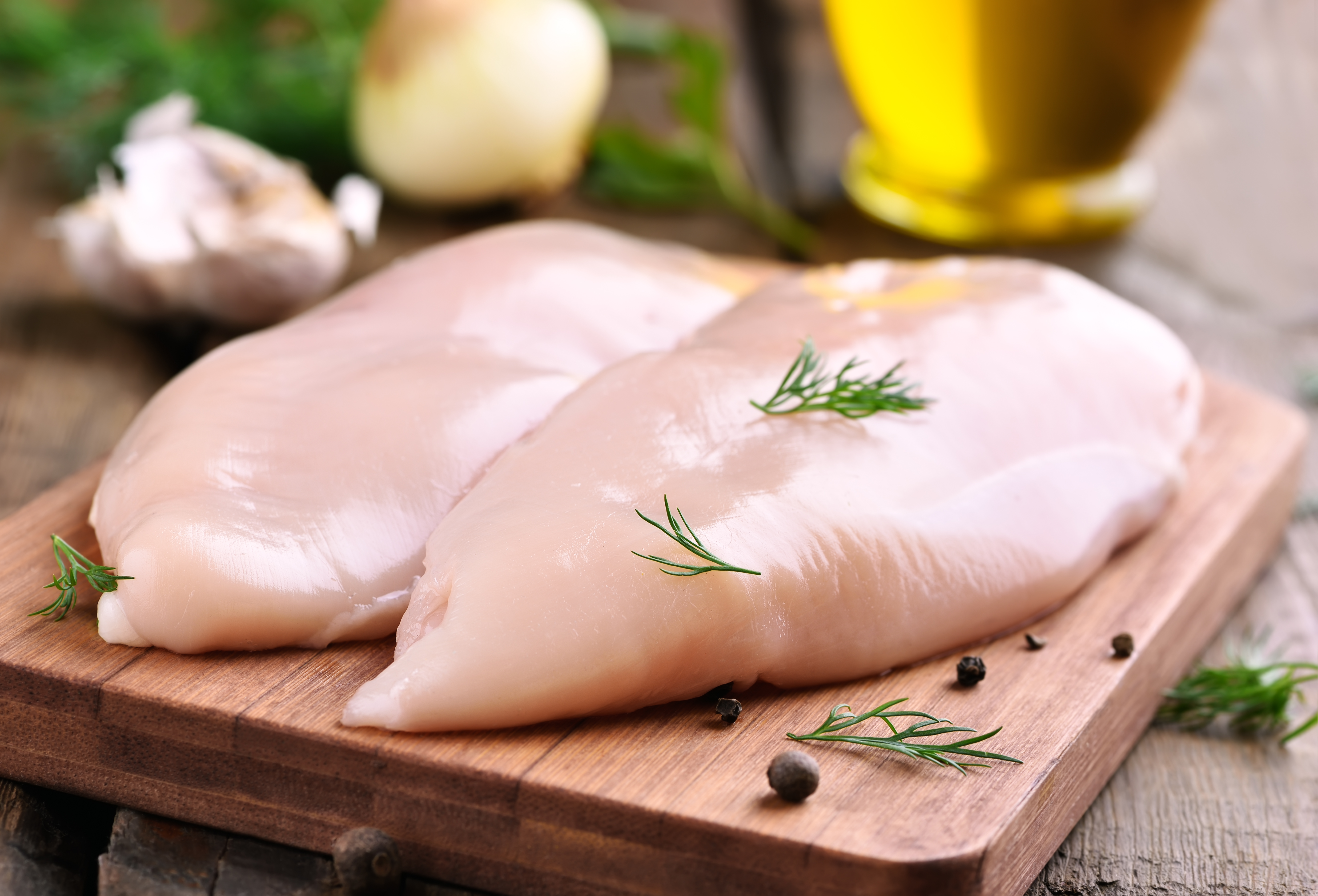
List Of Potentially Hazardous Foods
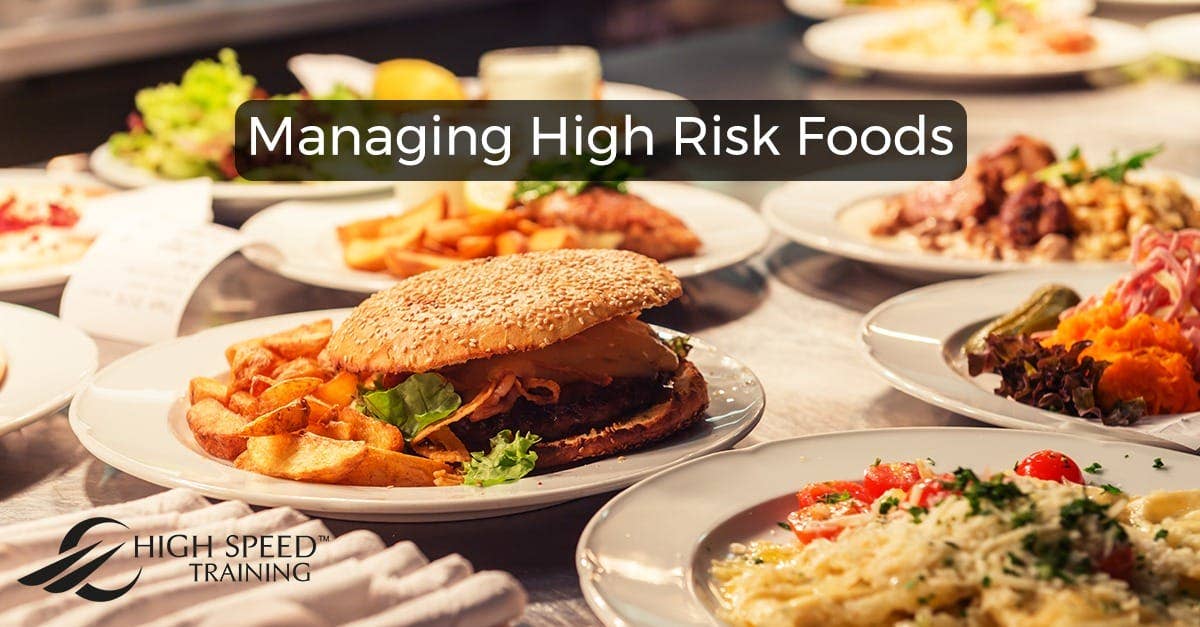
What Are High Risk Foods Guidance On Food Safety
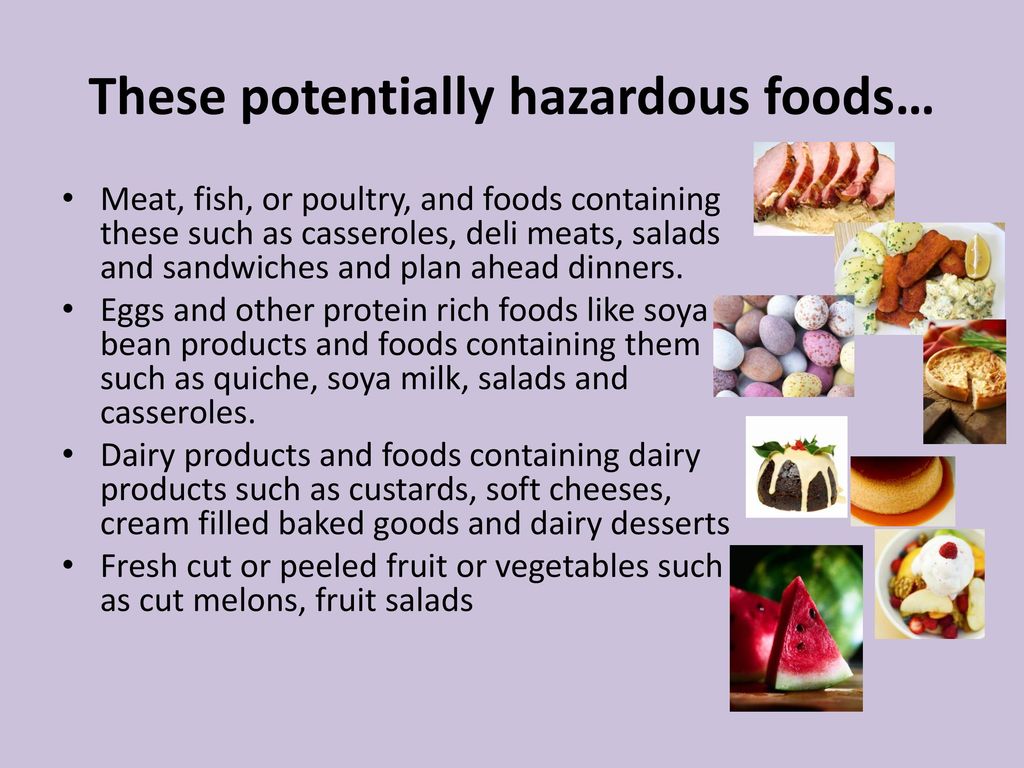
Safety And Sanitation The Danger Zone Ppt Download

Food Safety With Sous Vide Cooking Breville Commercial
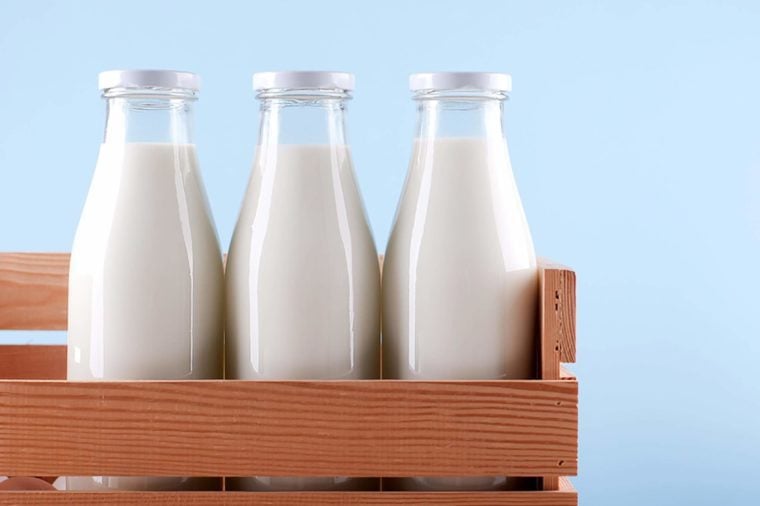
These Are Foods You Should Never Eat Raw The Healthy
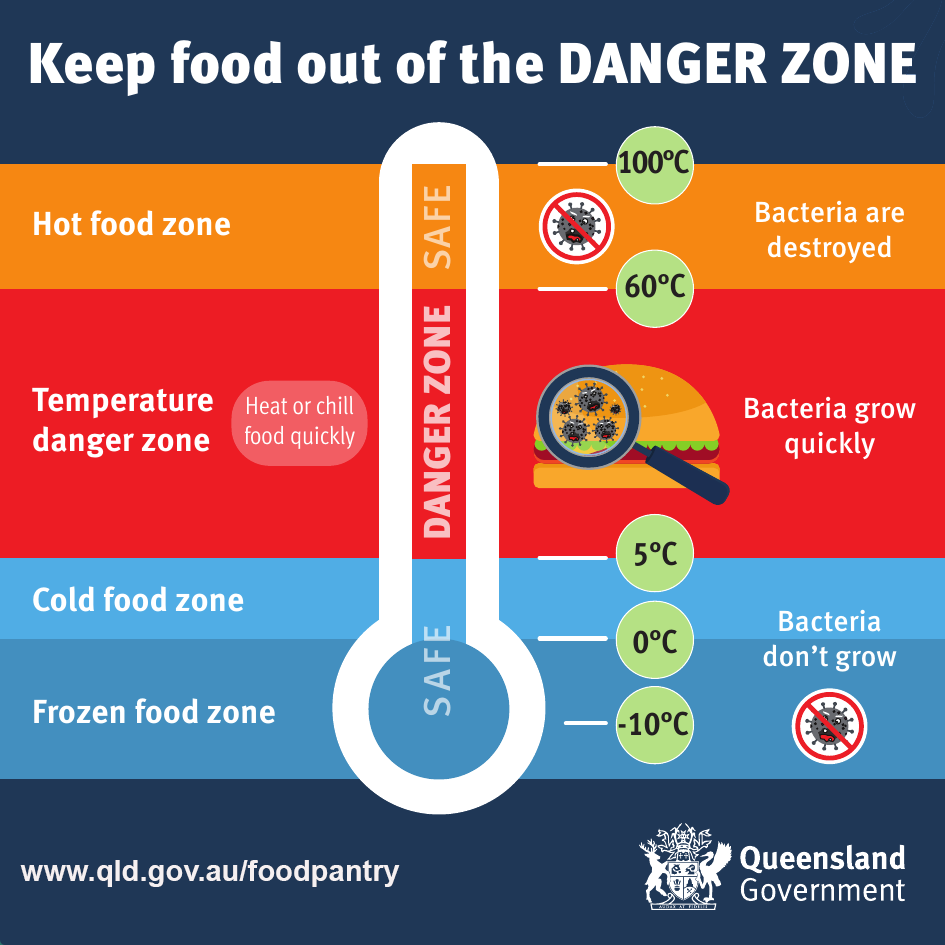
Potentially Hazardous Foods Health And Wellbeing Queensland Government

Potentially Hazardous Food Generally Will Have These Characteristics Ahigh Course Hero
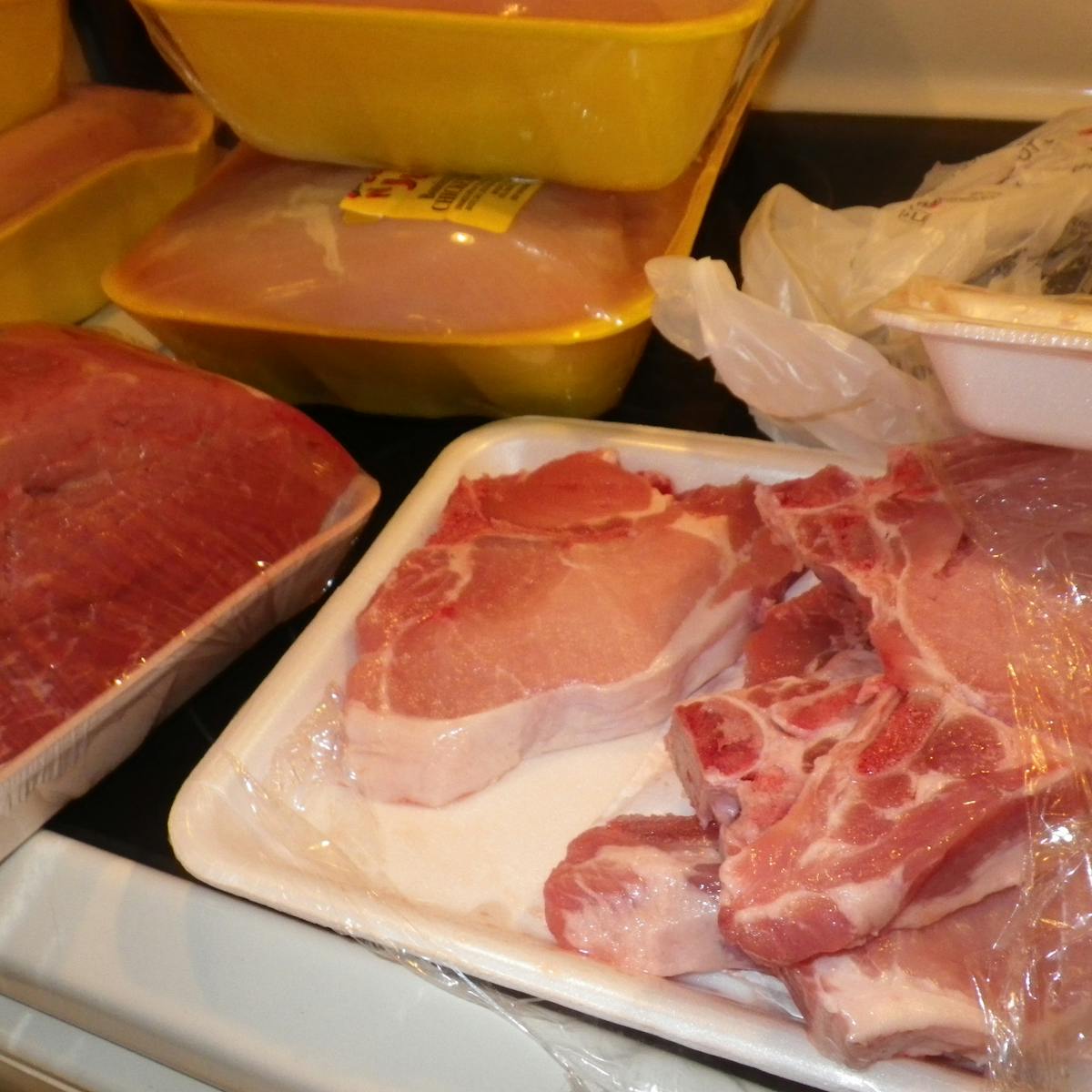
You Can Thaw And Refreeze Meat Five Food Safety Myths Busted

Potentially Hazardous Food Wikipedia

Should You Wash Meat Nope Here S Why
![]()
Foodsafety Asn Au Temperature Danger Zone Foodsafety Asn Au
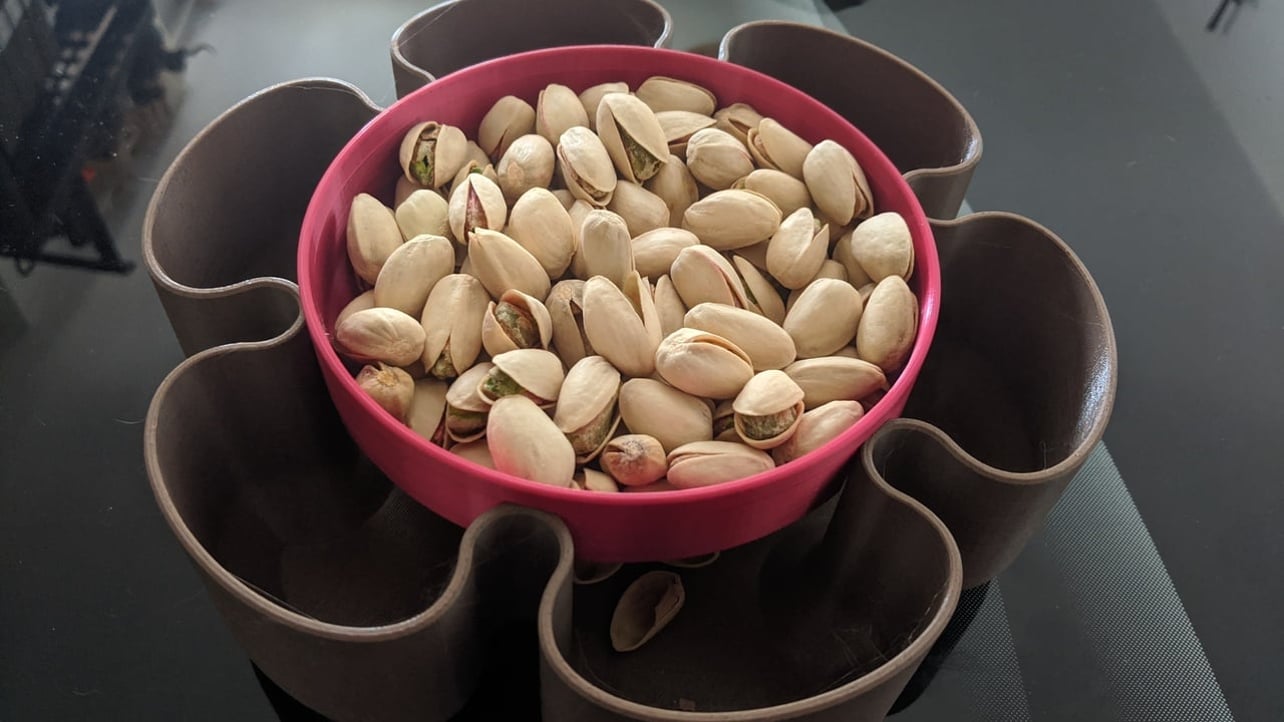
15 Vital Facts About Food Safe 3d Printing All3dp

What Is Haccp And The Seven Principles Unl Food
